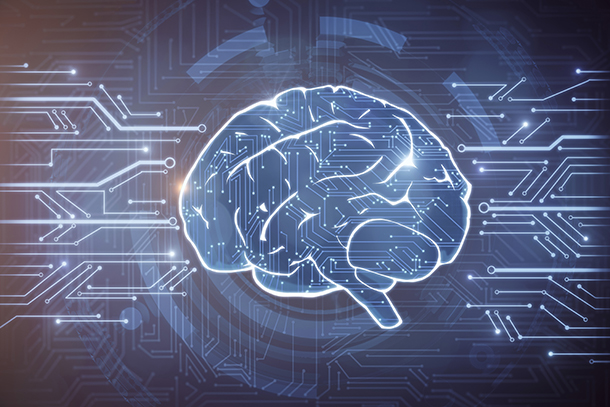For the first time, scientists at the Keck School of Medicine of USC and Caltech have induced natural sensations in the arm of a paralyzed man by stimulating a certain region of the brain with a tiny array of electrodes. The patient has a high-level spinal cord lesion and, besides not being able to move his limbs, also cannot feel them. The work could one day allow paralyzed people using prosthetic limbs to feel physical feedback from sensors placed on these devices. A paper describing the work appears in the April 10 issue of eLife.
This is part of an ongoing collaboration between the USC Neurorestoration Center and Caltech. The USC Neurorestoration Center is focused on developing new strategies for restoring neurological function for patients with neurological disabilities.
The somatosensory cortex is a strip of brain that governs bodily sensations, both proprioceptive sensations (sensations of movement or the body’s position in space) and cutaneous sensations (those of pressure, vibration, touch and the like). Previous neural implants targeting similar brain areas predominantly produced sensations such as tingling or buzzing in the hand. The new implant, designed by Caltech’s Richard Andersen, PhD, James G. Boswell Professor of Neuroscience, T&C Chen Brain-Machine Interface Center Leadership Chair and director of the T&C Chen Brain-Machine Interface Center, is able to produce much more natural sensation via intracortical stimulation, similar to sensations experienced by the patient prior to his injury.
The patient became paralyzed from the shoulders down three years ago after a spinal cord injury. Two arrays of tiny electrodes were surgically inserted into his somatosensory cortex at Keck Hospital of USC by Charles Liu, MD, PhD, director of the USC Neurorestoration Center and professor of clinical neurological surgery and neurology, and Brian Lee, MD, PhD, assistant professor of clinical neurological surgery, and the human studies were conducted at Rancho Los Amigos National Rehabilitation Center.
Using the arrays, the researchers stimulated neurons in the region with very small pulses of electricity. The patient reported feeling different natural sensations — such as squeezing, tapping, a sense of upward motion and several others — that would vary in type, intensity and location depending on the frequency, amplitude and location of stimulation from the arrays. It is the first time such natural sensations have been induced by intracortical neural stimulation.
“It was quite interesting,” the patient said. “It was a lot of pinching, squeezing, movements, things like that. Hopefully it helps somebody in the future.”
Though different types of stimulation induced varying sensations, the neural codes governing specific physical sensations are still unclear. In future work, the researchers hope to determine the precise ways to place the electrodes and stimulate somatosensory brain areas to induce specific feelings and create a kind of dictionary of stimulations and their corresponding sensations.
The next major step is to integrate the technology with existing neural prosthetics.
“Working with neurologically injured patients clinically, we know that limbs without sensation are far less useful, and the same concepts apply to neuroprosthetic devices,” Liu said. “The ability to restore natural sensations represents an exceptionally important step in our goal of one day achieving comprehensive restoration of neurological function in human patients with neurological injuries.”
In 2015, the same collaborative team developed brain-machine interfaces (BMIs) to connect a prosthetic robotic arm to electrodes implanted in the region of the brain that governs intentions. In this way, a paralyzed man was able to use the prosthetic arm to reach out, grasp a cup and bring it to his mouth to take a drink. Connecting the device with the somatosensory cortex would create bidirectional BMIs that would enable a paralyzed person to feel again while using prosthetic limbs.


